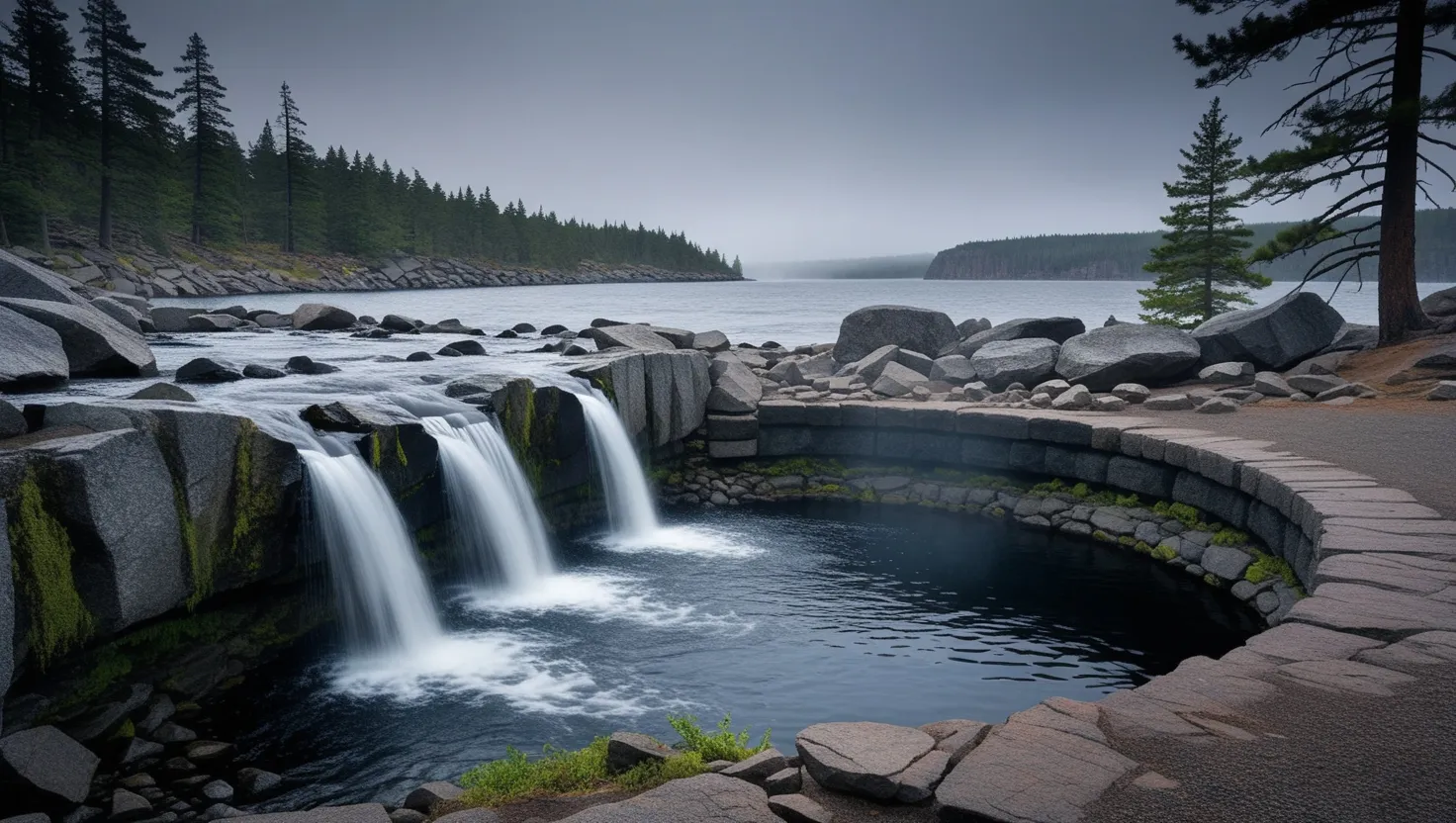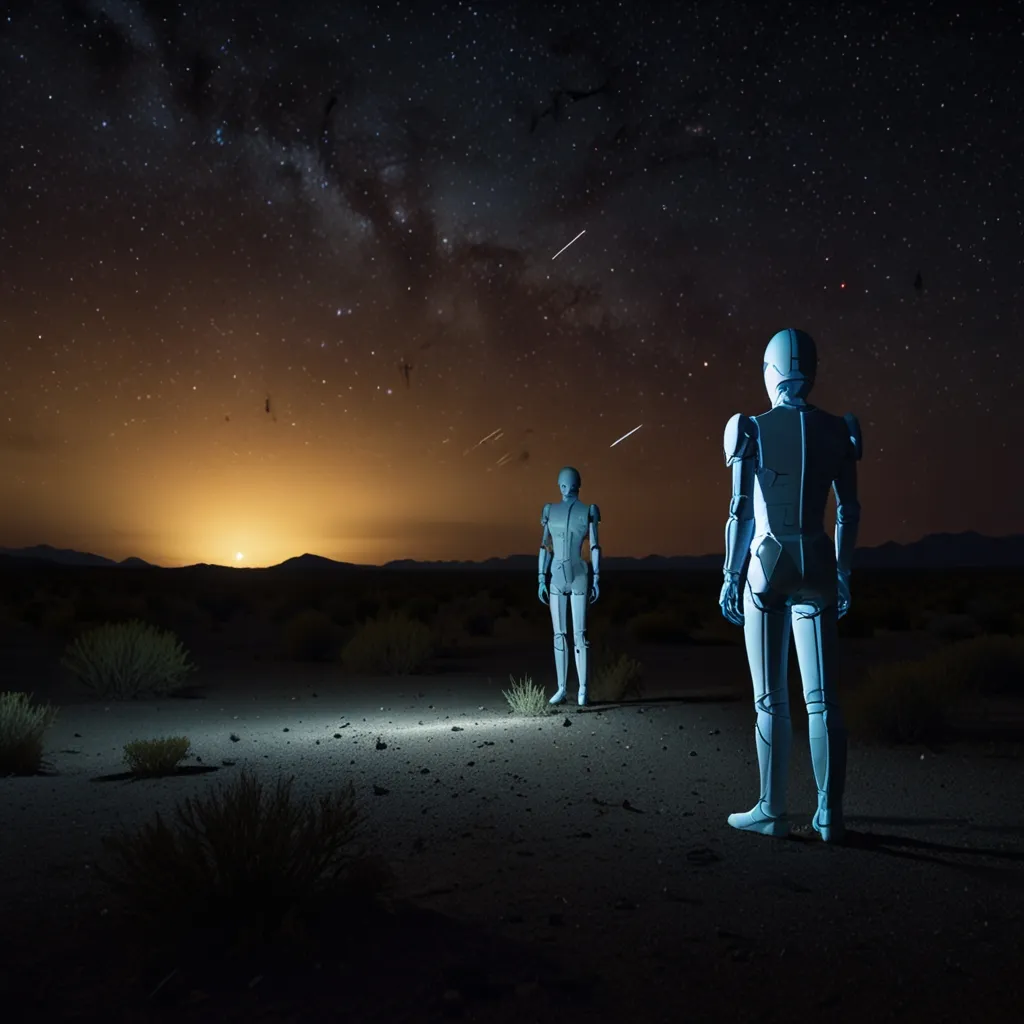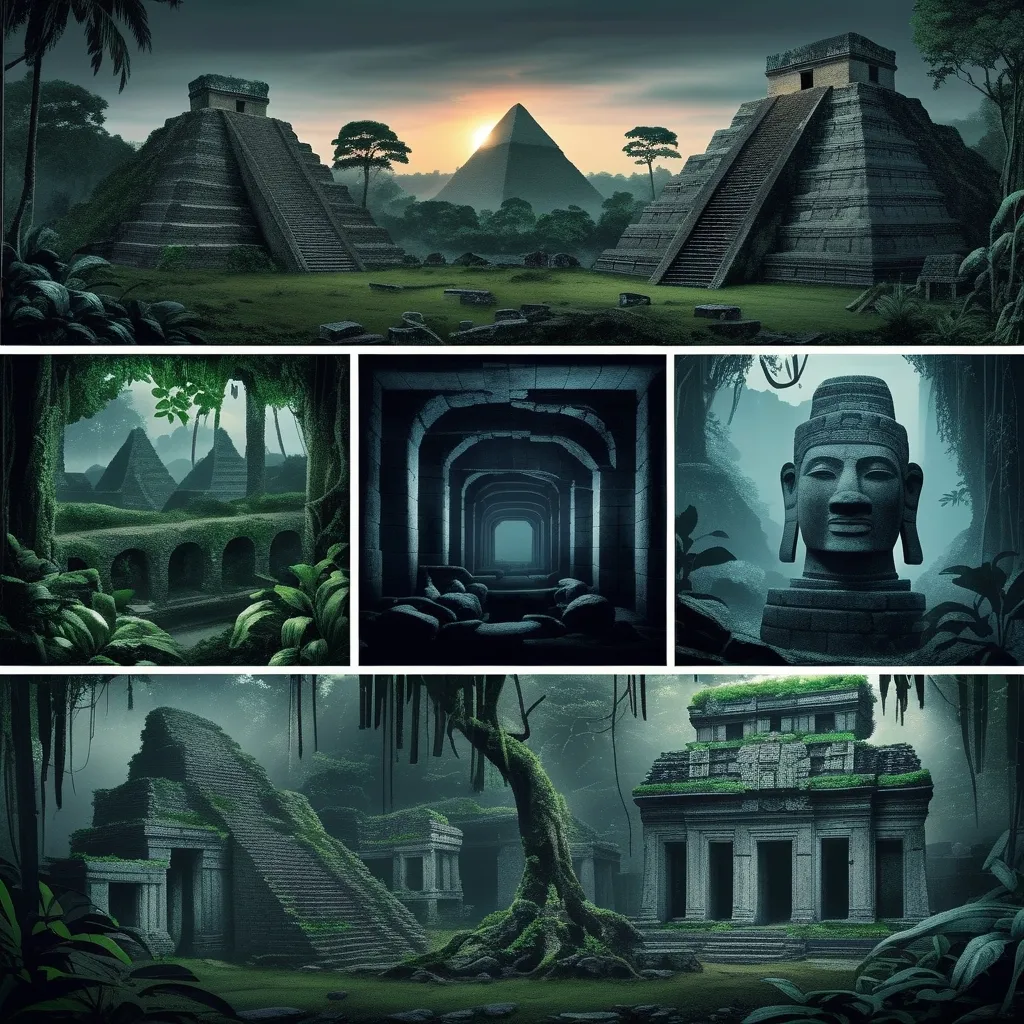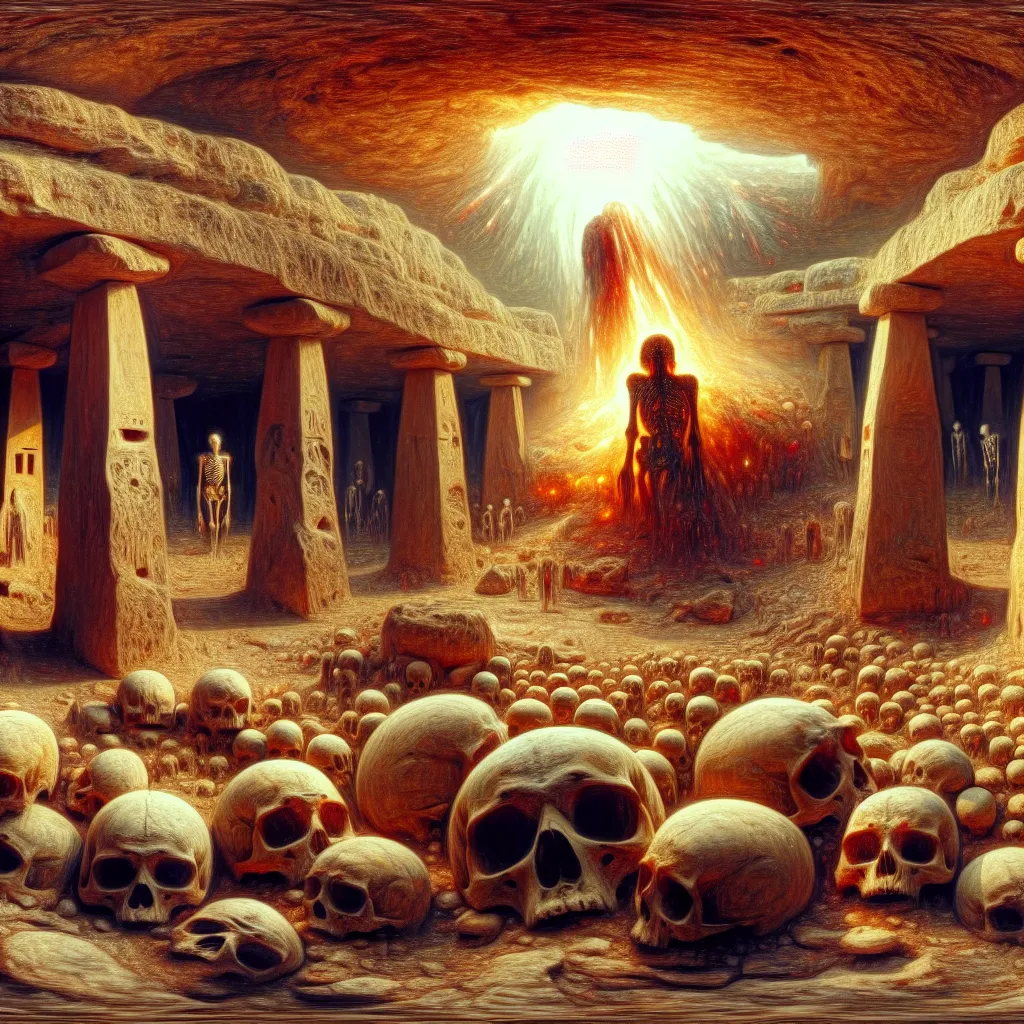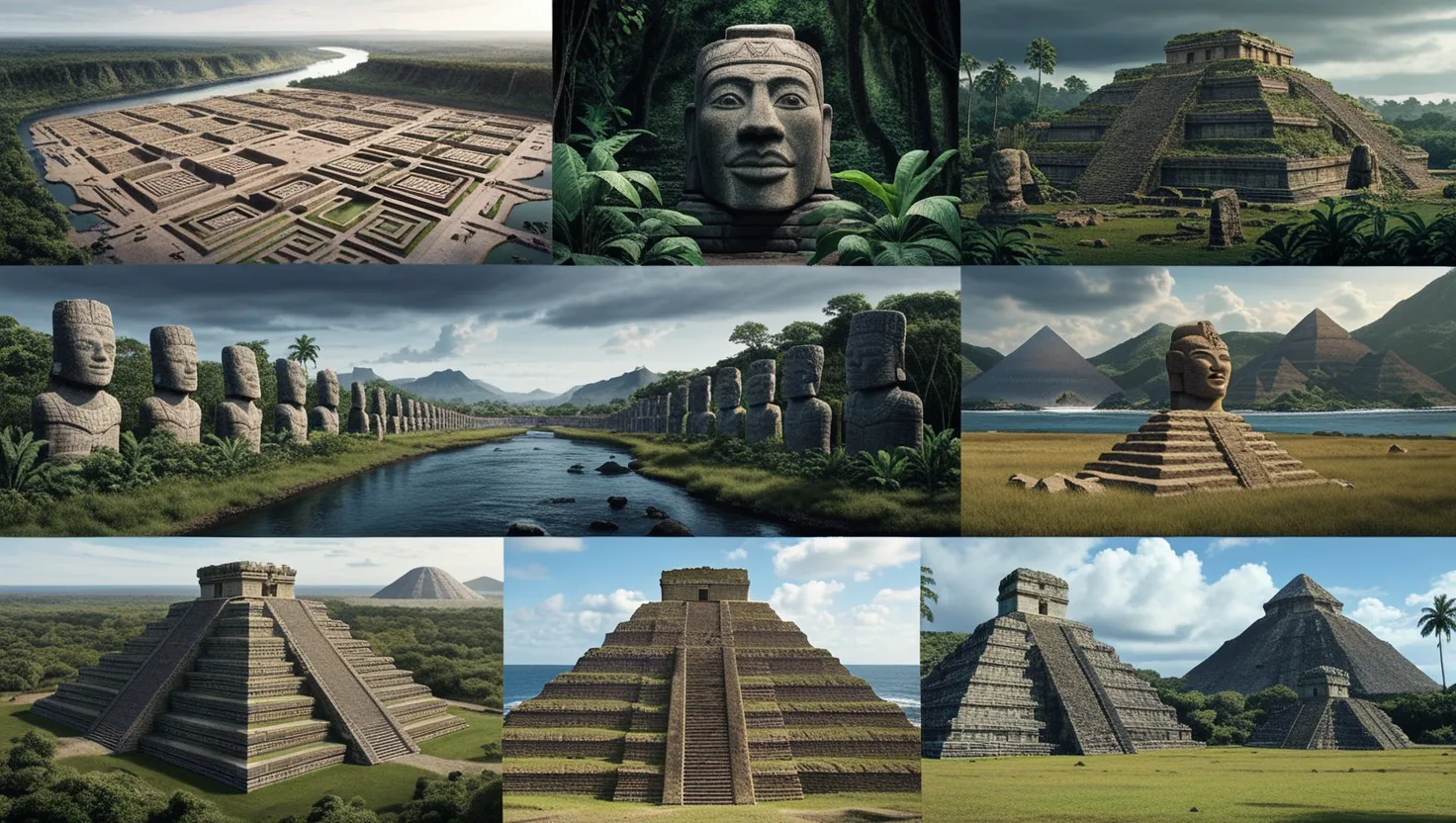If you find yourself standing on the riverbank in Judge C. R. Magney State Park, listening to the Brule River’s steady rush, you might feel that everything is exactly as it should be in the wild north of Minnesota. But just a few steps along the trail, nature offers up a riddle that’s challenged scientists, hikers, and storytellers for decades. The river, so reliable mere moments before, comes upon a divide. Half the water surges onward, tumbling over boulders as it heads for Lake Superior. The other half—a whole torrent—slips into a deep circular pit known as the Devil’s Kettle and then, quite simply, vanishes.
“He who wonders discovers that this in itself is wonder.” — M.C. Escher
Let’s admit it—it’s human to be intrigued by rivers that vanish, by seemingly impossible disappearances where the senses insist water should splash out somewhere else, but simply doesn’t. The Devil’s Kettle isn’t just any curious pothole. It’s been the focus of scientific studies, local folklore, and more than a few mischievous pranks. For decades, explorers and researchers have dropped dye, ping-pong balls, logs, measuring tapes, and even GPS trackers into the kettle—hoping for some sign of reappearance downstream, or perhaps in distant Lake Superior. Yet, the water’s journey has remained hidden, and not one identifier has ever been recovered publicly.
What happens inside that dark chasm below the kettle’s lip? To me, the question is not just about where the water goes, but why we are drawn to keep asking. Is it merely the puzzle, or something deeper—a reminder that, in a world where satellites map glaciers and sonar surveys the sea floor, some mysteries are still right beneath our boots?
“Science is the acceptance of what works and the rejection of what does not. That needs more courage than we might think.” — Jacob Bronowski
Geology says that the Brule River flows over tough basalt. This rock, formed from ancient lava, typically lacks the broad underground channels found in limestone caverns. When geologists mapped the site in detail, they found no empty spaces big enough to channel so much water away from the surface. Seismic surveys, which can detect hidden voids in rock, turned up nothing. Basalt, as it turns out, behaves like a solid wall, resisting erosion and leaving few places for water to really go except over or around it.
So, where does the Brule River’s missing half go when it rushes into the kettle? Previous theories have ranged from the plausible to the bizarre. Some speculated that a tunnel cut by lava centuries ago swallowed the water, reemerging miles away under Lake Superior—or even further, according to wilder imaginations, into the rivers of Canada. Others playfully wondered if the water simply dropped out of existence.
Can you imagine hiking to the lake’s edge miles away, scanning for a neon dye, all while something as common as river water quietly takes a path geologists and hydrologists can’t seem to plot?
The kettle’s riddle has drawn intense curiosity not only from regular visitors but from science teams armed with the tools of modern hydrology. The most persistent and systematic studies built over the decades confirm that—by every practical measure—the river’s “lost” volume is real. Half the water enters the kettle, and only the remaining half is measured flowing below.
But, as years went by, experiments added new twists. Several researchers carefully measured the flow above the falls and then downstream, hundreds of feet later. Their answer, published well after these experiments, was both simple and unsatisfying to anyone longing for a secret passageway: the volume matches. Mathematically, the visible stream carries just as much water below the falls as the entire river carries before its mysterious split. This suggests the water falling into the Devil’s Kettle must somehow rejoin the river below—possibly via short tunnels or hidden crevices not visible from above. Yet, if this is so, why hasn’t even a single tossed object, tracker, or ball turned up again?
Sometimes, I wonder, do we crave a little magic in our rigorous explanations?
“Not everything that counts can be counted, and not everything that can be counted counts.” — William Bruce Cameron
The legend of the Devil’s Kettle long predates modern attempts to explain it. The Ojibwe people, who have stewarded this land for centuries, describe the spot as a spiritual portal, a place best approached with humility and reflection. Early loggers, often practical men, avoided working directly above the churning pit, half-convinced of uncertain fates for those who tested its patience. The persistent mystery feeds both the scientist’s curiosity and the storyteller’s sense of place.
Let’s face it: even among polished scientific communities, there’s a grudging respect for phenomena that resist neat explanations. The Devil’s Kettle is not the only “disappearing” river in the world, but it’s among the few that’s been so exhaustively measured, tested, and debated with no clear, satisfying answer. Could you imagine the thrill—and frustration—of standing there, dropper in hand, watching dye swirl downward into the gloom, knowing you may never know its ultimate fate?
Why do we keep seeking answers, even when nature withholds them?
There’s a secondary marvel here, one often overlooked: no matter the season—flood or drought—the split remains perfectly balanced. Flow measurements have shown the same baffling fifty-fifty divide, suggesting that whatever happens to the water under the surface, it happens consistently, year after year.
I invite you to picture the internal journey of a water droplet at Devil’s Kettle. It spends months frozen in the snowpack above, then released in spring, it rushes along the Brule, only to take a sudden turn down an unseen road, perhaps never again to rise to the daylight. Does it collect somewhere unseen, deep in the basalt? Or does it emerge in subtle seeps along the riverbed, so finely mingled with the mainstream that even careful monitors can’t pick it out?
“The most beautiful thing we can experience is the mysterious. It is the source of all true art and science.” — Albert Einstein
Of course, advances in science may one day settle Devil’s Kettle neatly, perhaps with a specialized tracer that resists dispersal or degradation, revealing a hidden mouth a few hundred feet below. Would that take away some of the site’s wonder? Or can we accept that not every anomaly will yield to measurement, at least not right away? How do you feel knowing some puzzles, even basic ones, linger for decades?
And what can we learn from the persistence of such mysteries? For one, humility. The falls are a case study in scientific resilience; each new method, each careful instrument, is a testament to human curiosity and adaptability. For another, there’s a reminder here about the limits of categorization: not everything stubbornly fits into our systems, and sometimes those boundaries are more porous than we assume.
I often think about the landscape itself—the thick northern woods, the cool air, the sense that this place has seen much more than we can ever know. The river and its peculiar divide are a microcosm for that sense of unknowns slipping just out of reach. As long as water keeps disappearing, speculation, respect, and delight in the not-quite-explainable will remain.
“There are more things in heaven and earth… than are dreamt of in your philosophy.” — William Shakespeare
Would you wish for the final answer, wrapped up in a neat data set, if it stripped away the mystery? Or do you savor the unknown as something essential to wild landscapes?
Everyone who visits the Devil’s Kettle—scientist, local, or wide-eyed tourist—carries away their own hypotheses. Some trust that future tests, using technology not yet invented, will crack open the basalt’s secret. Others prefer to leave it be, honoring the combination of geology, history, and legend as they stand. I see in this Minnesota waterfall a sense of both certainty and wonder, patiently reminding us that nature’s logic sometimes includes a question mark where we expect a period. If you ever find yourself there, knee-deep in river spray with a question on your tongue, don’t be surprised if the only answer you get is another, deeper question. Maybe that’s exactly how it should be.
